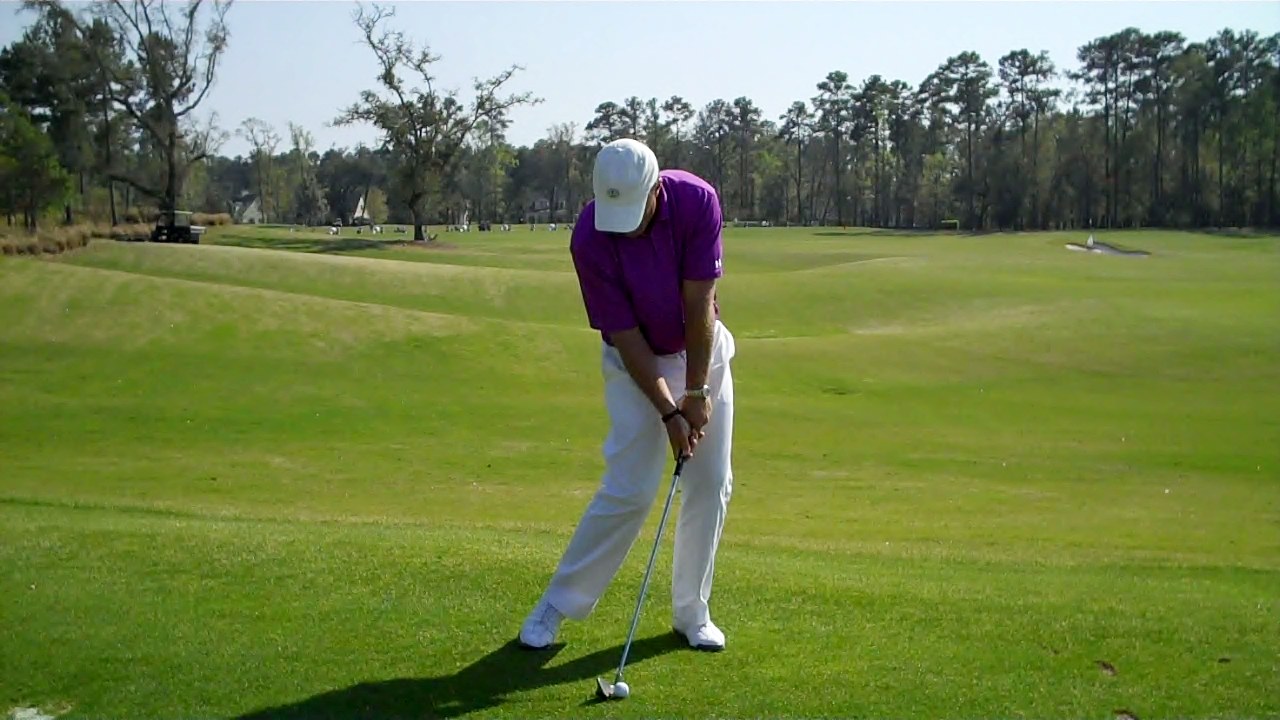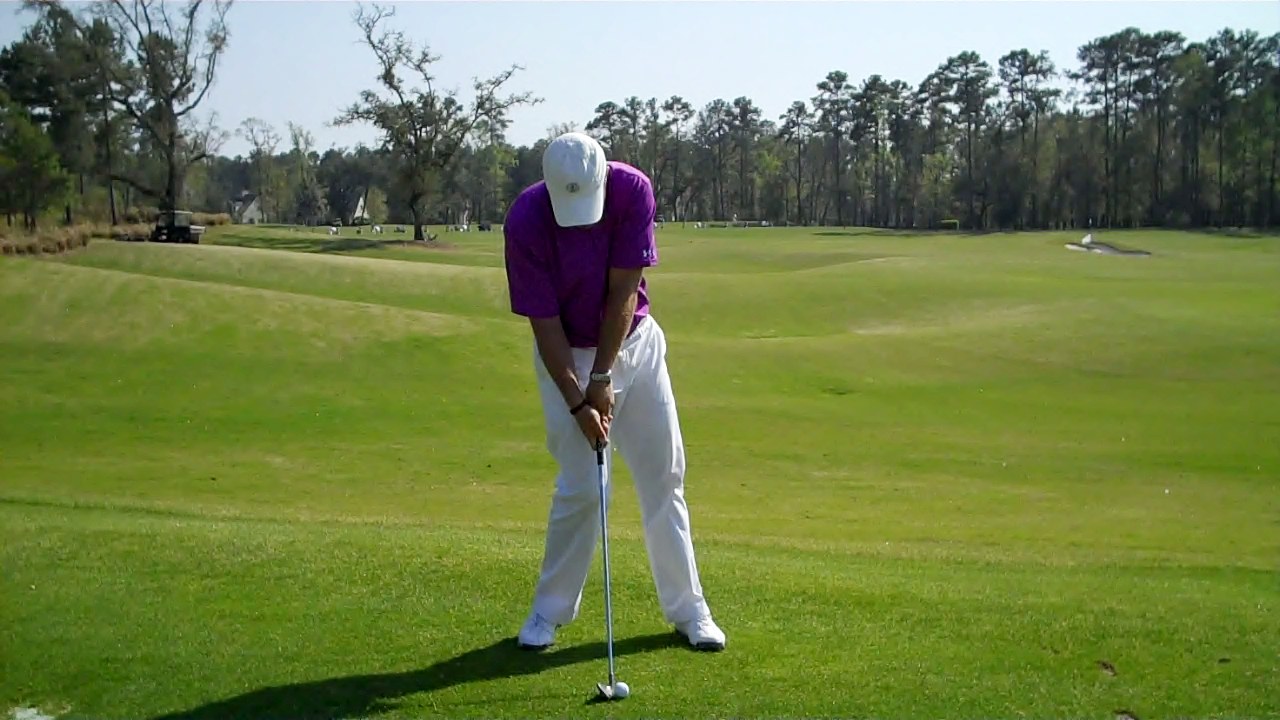The REAL Reason We Need Shaft Lean
/When hitting shots with the ball on the ground it is simply imperative that we lean the shaft towards the target at impact in order to expose the sweet spot to the back of the golf ball. After watching this video you will know exactly why…
As you can now see if you’re not leaning the shaft it isn’t possible to hit the ball out the center of the face. Leaning the shaft and delivering the clubhead in a slightly descending fashion gives us the best opportunity to compress the ball and deliver maximum energy transfer. A leaning shaft at impact gives us:
a delofted club face, thus improving ball speed and distance.
a sweet spot that can now collide with the golf ball.
increased ability to hit down on the ball, thus improving strike quality.
an energetic and penetrating ball flight that sizzles!
I’m sure you’re wondering what you can do to start leaning the shaft more effectively for shots played off the ground. Keep in mind that an open face on the way down will corrupt any ability a player might have of leaning the shaft. Try these ideas:
at address, feel that your hands are slightly ahead of the ball and that your weight gently favors the front foot.
make sure your club face is in a neutral to strong position on the way down and into impact. Tip it down!
practice hitting low, knockdown style shots on a regular basis. Punch the ball.
Give these ideas a try to start to improve the quality of strike, ball flight, distance, feel and outcome of your shots off the ground. I sincerely hope it helps!












